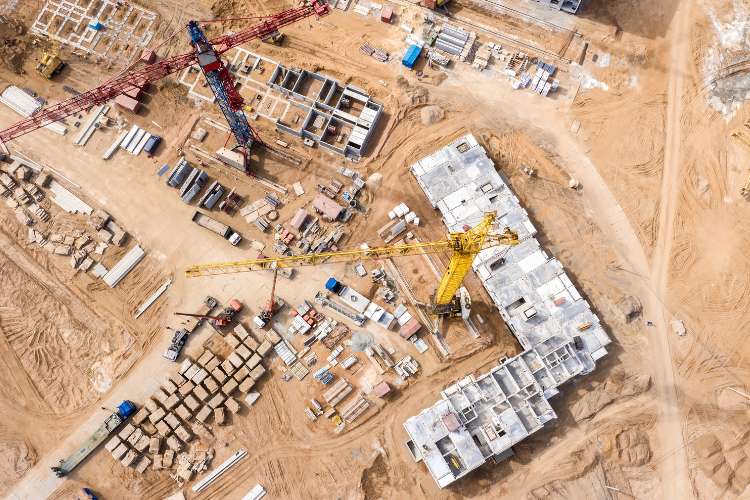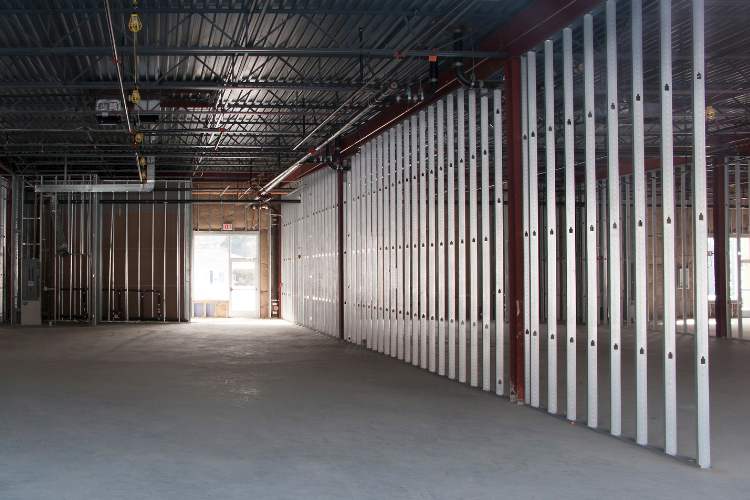The notion that automated tech will sweep across the construction industry is thrilling to some, and alarming to others. Will construction automation eliminate thousands of skilled labor jobs? Will it bring untold efficiency to the field? While both outcomes may come true to some degree, we are easily more than a decade away from construction automation fully replacing a meaningful number of existing jobs. And when those changes do arrive, the construction workforce will have had time to adapt their skills and technical expertise to the “new normal” of construction.
Automation is likely to increase productivity and shape the direction of the industry. It’s both a friend and foe to the construction workforce, as it could create new jobs, challenge workers to advance their skillsets and become more technologically literate. All the while, it also threatens to eliminate some work that is repetitive in nature and which could foreseeably be completed by a computer.
We’ll explore the intersection of construction and automation, companies that are pioneering the transition, and what it means for subcontractors and the workers they employ.
Table of Contents
Construction Automation Opportunities
According to management consulting firm McKinsey, in the construction industry there are three main areas ripe for automation:
- Traditional physical tasks – Imagine robots laying bricks and machines paving roads. Some believe this could one day eliminate the need for onsite human labor. However, before robotic labor can replace a seasoned journeyman or carpenter, research firm McKinsey predicts that machines will take over individual activities within a role. This will require employees to work alongside machines. For example, a construction worker will be expected to operate a drone in place of doing a physical site walkthrough.
- Modular construction – Factory production, facilitated in part by 3-D printing, could become entirely automated. While a shift to off-site modular construction could have a significant impact on the construction workforce, the transition could take decades. By 2030, it is estimated that approximately 15 to 20 percent of new building construction in the United States and Europe will be modular.
- Design, planning, and management procedures – We have already begun the process of digitizing construction planning and management, but will it soon be the automated terrain of artificial intelligence (AI), rather than a human? At present, building information modeling (BIM) brings together the designs of planners and general contractors to identify key issues before they move to the site. A more automated planning process would continue to foster greater efficiency for onsite execution, thereby allowing project teams to better coordinate its workforce and eliminate mistakes.
Companies Bringing Automation to Construction
Numerous construction companies across the country are utilizing machines to transform the industry. Here are just three examples:
New York-based Construction Robotics and its latest SAM100 OS 2.0 masonry robot can lay up to 350 bricks per hour and tackle either a standard brick pattern or soldier courses, with help from a human technician who inputs instructions. SAM has already worked on prominent projects such as The Lab School in Washington, DC, and with major contracting and masonry firms such as Clark Construction Group and Wasco.
Caterpillar has made major investments in automation, 3-D printing, and robotics. Most recently, the company invested with drone-software developer Airware to improve and automate jobsite analytics and gain better insight into the performance of its heavy equipment in various conditions. The company also invested in Clearpath Robotics, which is working on autonomous solutions for manufacturing facilities.
San Francisco-based Ekso Bionics specializes in the field of wearable robotics. The company has created everything from exoskeletons to improve the mobility of those with spinal-cord injuries to robotic arms that can reduce repetitive-stress injuries that are common in physical construction work.
The Effect of Construction Automation on Wages and the Labor Shortage
There is a common belief that automation will lower wages. However, automation is expected to increase productivity and allow wages to rise for those with advanced skills (like the aforementioned technicians who would input instructions for a masonry robot). But for those in positions that require repetitive tasks, these jobs will most likely be in less demand, thereby seeing a slowdown in wage growth.
This may not be entirely welcome, as the industry has had an increasingly difficult time filling such positions. While the country moves forward with massive infrastructure investments, the lack of available labor in construction continues to hinder progress. This could make automation a necessity for completing ambitious projects.
Since 1995, productivity in the construction industry has remained quite static. This has largely been driven by several factors including:
- The aging demographic of the current labor force who will soon retire
- The apprenticeship nature of the job
- The difficulty in attracting and retaining new workers
With an insufficient labor force, automation will be a key element of any major infrastructure push, especially if the industry wants to continue to thrive.
What’s Next for the Construction Industry?
As the construction industry faces challenges that range from labor and safety, costs involved in environmental regulations, an aging workforce, and injuries, more funding is required to cover salaries, insurance premiums, and occupational safety.
This may explain why in the last two decades the number of industrial robots used worldwide has multiplied three-fold to approximately 2.25 million. Additionally, the investment in robots has contributed to approximately 10 percent of GDP growth per capita in OECD countries for the time period of 1993 to 2016. (The Organization for Economic Co-operation and Development is an intergovernmental economic organization formed 50 years ago and has 38 member countries).
However, financial benefits are not enough to push the construction industry ahead at this time. For example, while robots often operate in well-defined indoor settings—such as a fixed assembly line—the construction site can be unpredictable. Sites are full of uncertainty such as extreme weather and narrow spaces. Creating a robot that could accomplish all tasks would be extremely costly.
There is also the issue of legal liability that provides workers in contracts with safety assurances. If robots replace humans, how can these requirements be imposed on robots? The question then becomes who would be held responsible for any defective work or accidents.
Some construction tasks are very complex, thereby limiting the use of robotic technology. At the present time, a fully automatic management system has not yet been created. There is also a lack of studies and scientific models on this as of yet.
While automation for many individual construction tasks continues to grow, there is still a long road ahead for full automation. However, with successful research work conducted by institutes and governmental bodies, more companies are exploring opportunities for commercial robotic technologies that are adaptable to the workplace. This could very well speed up automation in the industry. Only time will tell.










